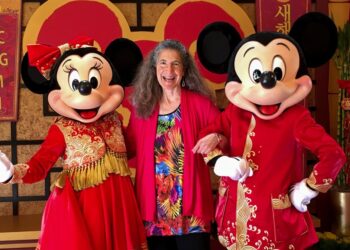Confession time. For many years, I avoided Indian food because “I hate curry.”
Too spicy, I thought. But I’ve been converted, thanks to chef, master teacher and award-winning cookbook author Raghavan Iyer.
The word “curry,” I learned, actually refers to any Indian sauce-based, spice-laden dish.
“To Indians, curries have nothing to do with curry powder and everything to do with sauces,” he explained, speaking to me by phone from his home in Minneapolis. “Every sauce we do, we punctuate with flavor. There are many curries in parts of India that are flavored not with spices, but herbs. For heat we use peppercorns and chiles – that’s about it, so when I say ‘spicy,’ I mean well-seasoned, not hot. That’s the beauty and complexity of curries.”
To prove it, Iyer has written “On the Curry Trail: Chasing the Flavor that Seduced the World,” (Workman, $30), his seventh cookbook on Indian cuisine. More than a cookbook, “On the Curry Trail” traces the fascinating history of this pervasive dish from its roots along the Indus River in 4000 BCE to its spread throughout Asia, Africa, the Middle East, Europe and the Americas.
“India’s geographic location has long placed it at the crossroads of international trade routes,” he writes, “and the spices, which, for many years grew only on its land and that of its neighbors, made India more than just a convenient stopping point. They made it a destination.
“Curry has crisscrossed the globe, setting roots in kitchens from Australia to Antarctica. Yes, you read that correctly,” he said. “There may be no recipe for penguin curry in this book – thankfully, since penguins are protected – but there is evidence suggesting curries made their way onto the menu for members of certain expeditions as early as 1902.”
The 50 recipes in this book are organized by continent and then nations within each continent. The curried chicken featured here is an iconic dish (better known as Country…
Read the full article here






